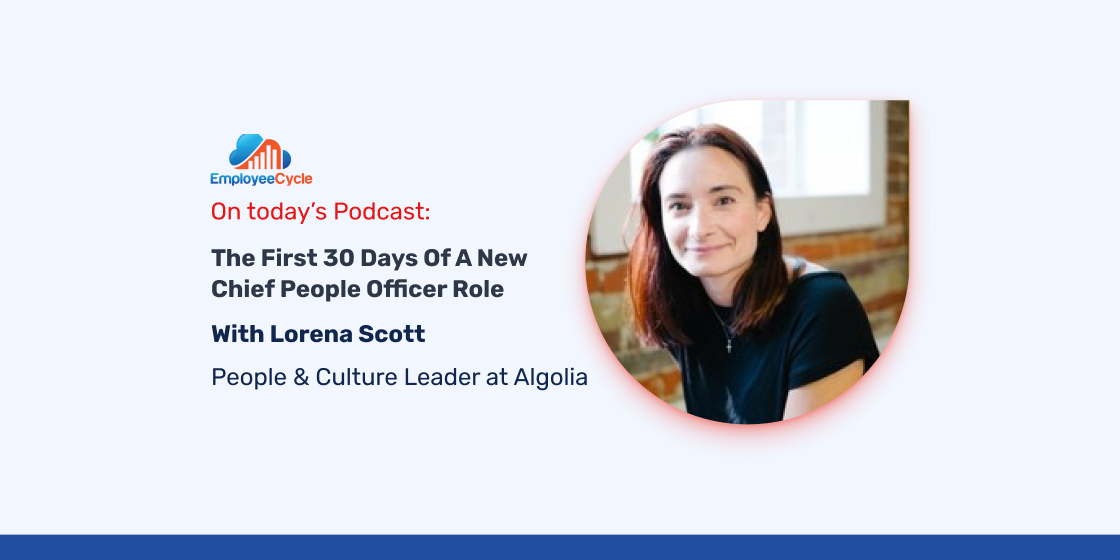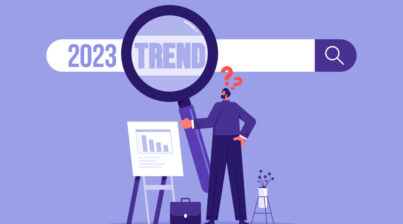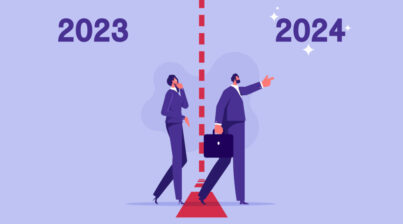On this episode of the Employee Cycle podcast, we have Lorena Scott, People & Culture Leader at Algolia, joining us to discuss the first 30 days of a new Chief People Officer role.
What you’ll learn from this episode:
- First off, how did Lorena Scott get into the wonderful world of HR?
- Secondly, how did you approach your first 30 days at Algolia? And is it different from how you approached your first 30 days at other organizations?
- Next, what is the listening journey and how do you start it to ensure you’re on the right path? (it may or may not include 100 cups of coffee over 90 days!)
- What are the code words you’re using to ensure you get a diversity of feedback across the organization, at all levels?
- How do you build trust throughout the workforce, regardless of tenure, role, or level?
- When it comes to the learning journey, what does that look like? And how is it different from the listening journey?
- How do you determine when you’ve done enough listening and learning to now put an action plan together?
- Key tip: Slow down to move fast. In the first 30 days, be intentional, and bring people along with you in your journey. Build upon what’s in place versus washing it away.
How to find Lorena Scott and Algolia:
- Click here for Lorena Scott – LinkedIn
- Click here for Algolia – LinkedIn
- Click here for Algolia – Website
Algolia:
Mission – Empower every company to create delightful Search & Discovery experiences.
Vision – When they started Algolia, they had a simple but challenging vision: create blazing fast, instant, and relevant search and discovery experiences. They extended this vision to deliver dynamic experiences that will enable businesses to quickly predict a visitor’s intent on their digital property (web, mobile, or other) in real-time, in a session, at the moment.
Music credits:
About Employee Cycle:
Employee Cycle is changing the way HR leaders use data! We change their disconnected employee data into a user-friendly, centralized, real-time HR Analytics Dashboard. We help companies view, track, and analyze their workforce data in one place. As a result, companies avoid risks, save costs, and increase their employees’ lifetime value.












